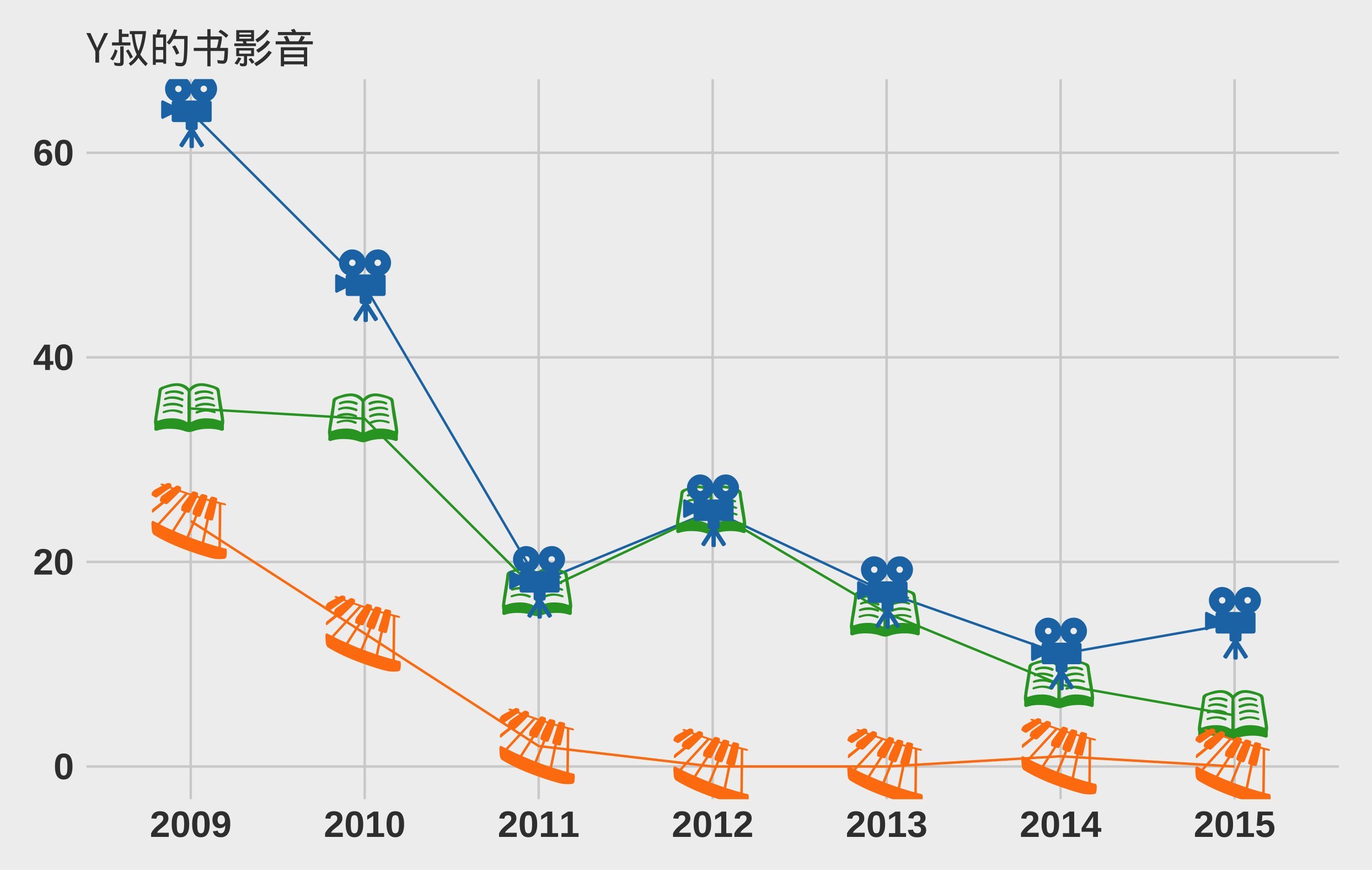KEGG MODULE is a collection of manually defined functional units, called KEGG modules and identified by the M numbers, used for annotation and biological interpretation of sequenced genomes. There are four types of KEGG modules:
- pathway modules – representing tight functional units in KEGG metabolic pathway maps, such as M00002 (Glycolysis, core module involving three-carbon compounds)
- structural complexes – often forming molecular machineries, such as M00072 (Oligosaccharyltransferase)
- functional sets – for other types of essential sets, such as M00360 (Aminoacyl-tRNA synthases, prokaryotes)
- signature modules – as markers of phenotypes, such as M00363 (EHEC pathogenicity signature, Shiga toxin)

